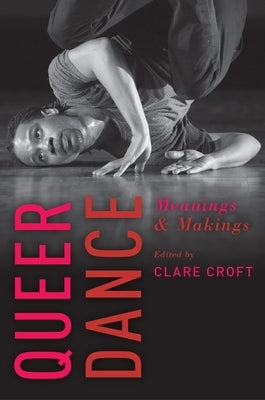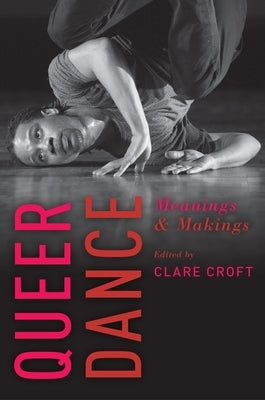If we imagine multiple ways of being together, how might that shift choreographic practices and help us imagine ways groups assemble in more varied ways than just pairing another man with another woman? How might dancing queerly ask us to imagine futures through something other than heterosexuality and reproduction? How does challenging gender binaries always mean thinking about race, thinking about the postcolonial, about ableism? What are the arbitrary rules structuring dance in all its arenas, whether concert and social or commercial and competition, and how do we see those invisible structures and work to disrupt them?
Queer Dance brings together artists and scholars in a multi-platformed project-book, accompanying website, and live performance series to ask, "How does dancing queerly progressively challenge us?" The artists and scholars whose writing appears in the book and whose performances and filmed interviews appear online stage a range of genders and sexualities that challenge and destabilize social norms. Engaging with dance making, dance scholarship, queer studies, and other fields,
Queer Dance asks how identities, communities, and artmaking and scholarly practices might consider what queer work the body does and can do. There is great power in claiming queerness in the press of bodies touching or in the exceeding of the body best measured in sweat and exhaustion. How does queerness exist in the realm of affect and touch, and what then might we explore about queerness through these pleasurable and complex bodily ways of knowing?
Author: Clare Croft
Publisher: Oxford University Press, USA
Published: 04/28/2017
Pages: 336
Binding Type: Paperback
Weight: 1.25lbs
Size: 9.10h x 6.00w x 1.00d
ISBN: 9780199377336
Review Citation(s): Choice 02/01/2018
About the Author
Clare Croft is a dance historian, theorist, dramaturg, and curator. She is the editor and curator of Queer Dance, and the author of Dancers as Diplomats. Her writing about dance and performance has appeared in academic journals, including Theatre Journal and Dance Research Journal, and she has been a regular contributor to a number of newspapers, including The Washington Post and the Austin American-Statesman. She is an Assistant Professor in the Department of Dance at the University of Michigan, where she teaches in the BFA and MFA Dance programs.
This title is not returnable


